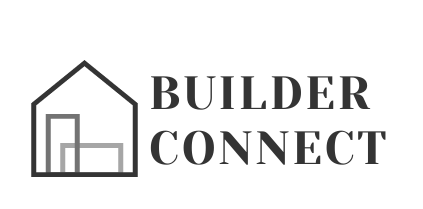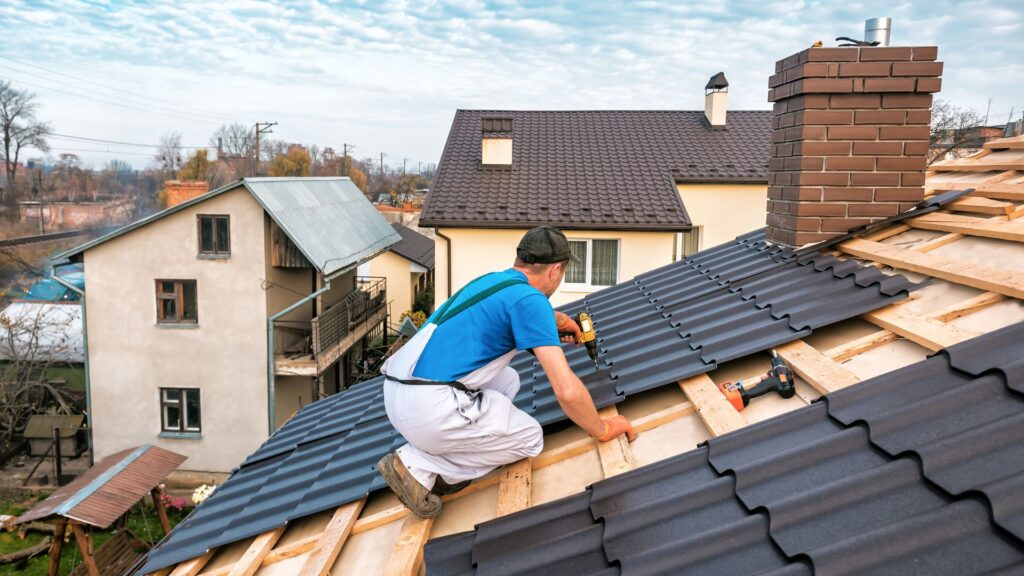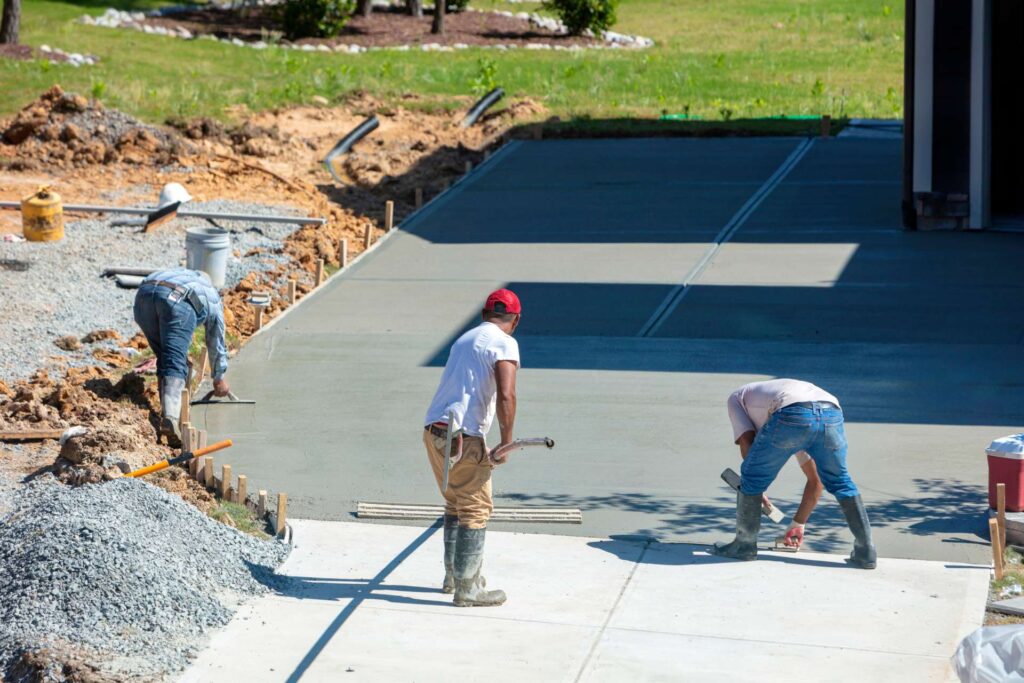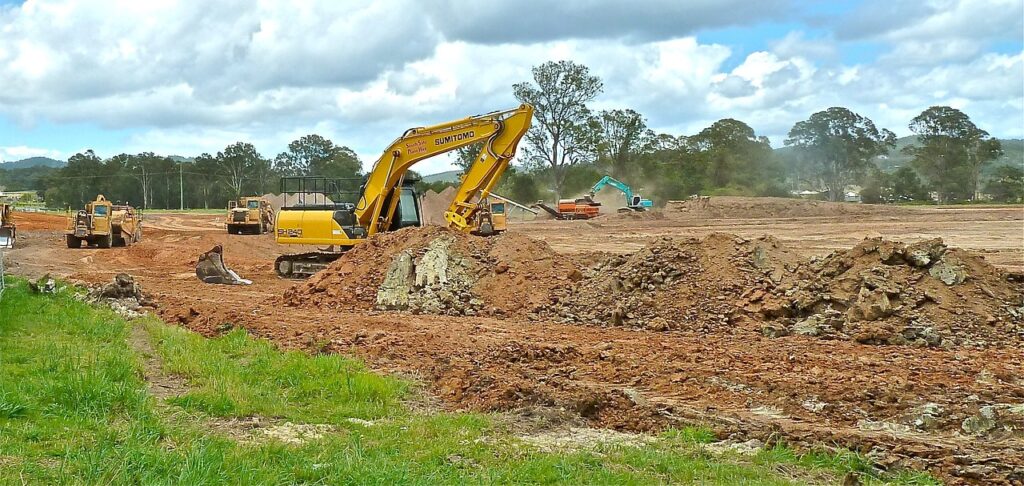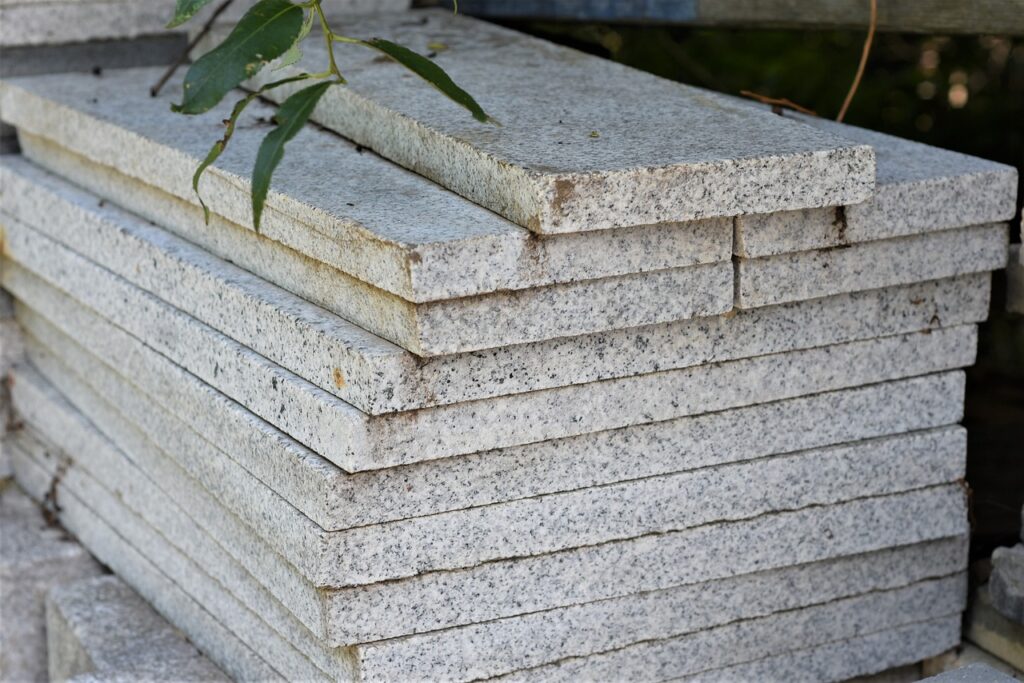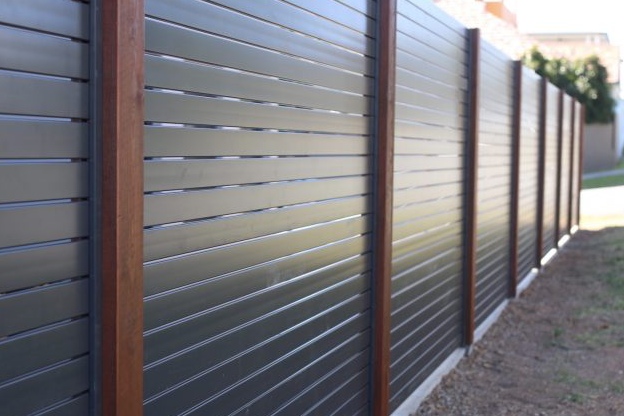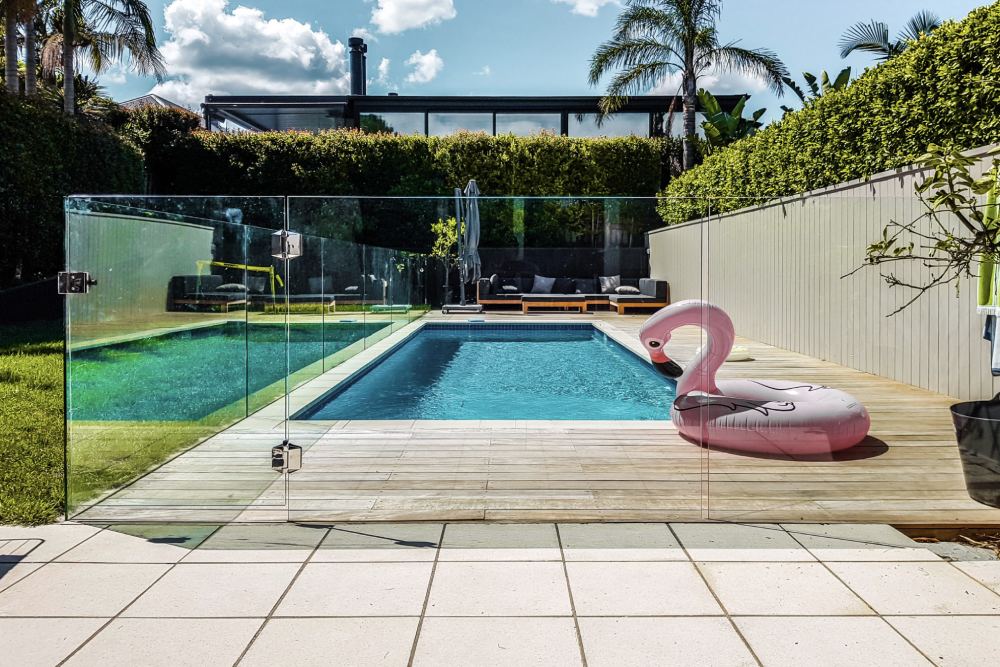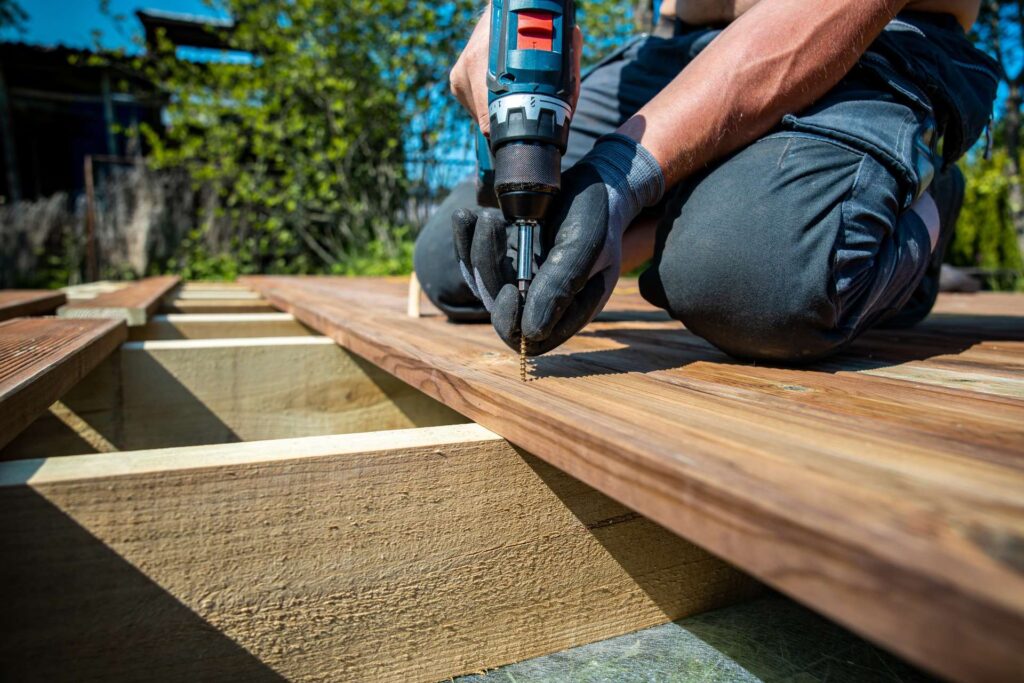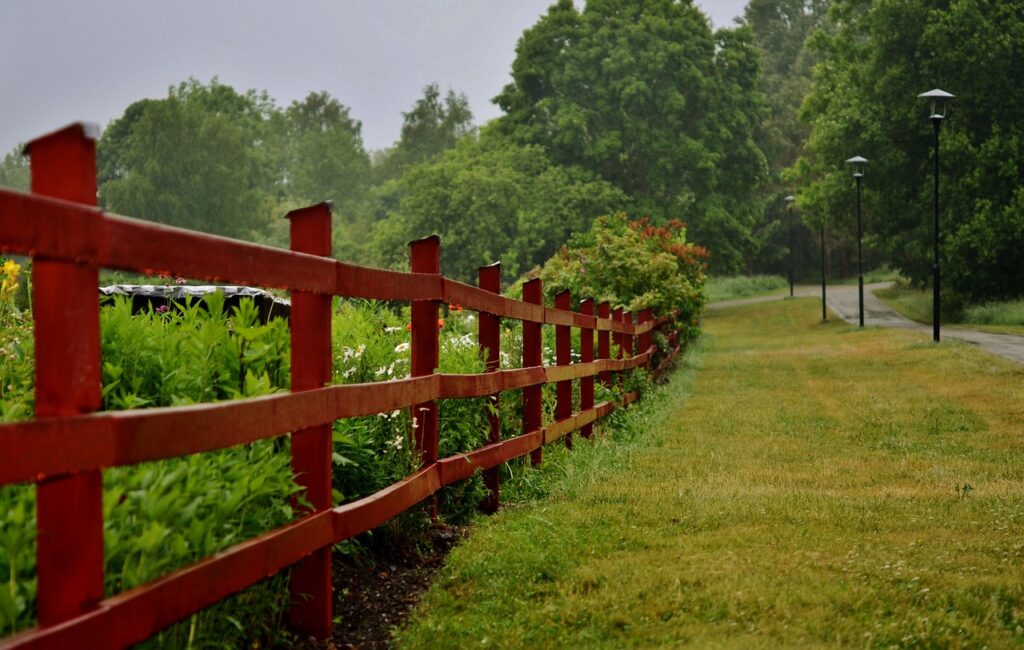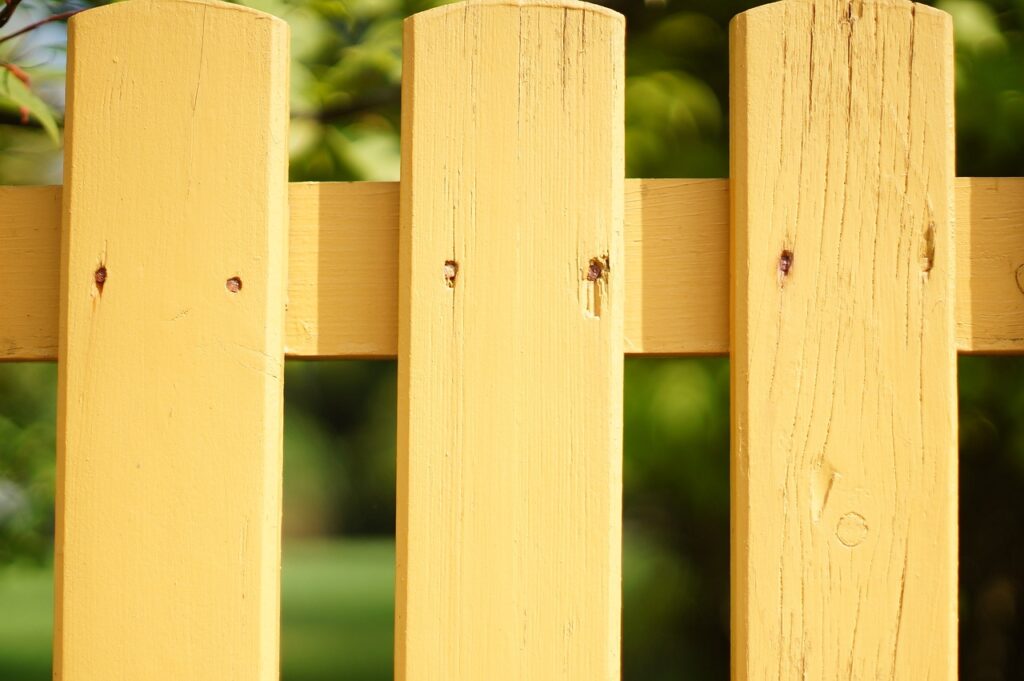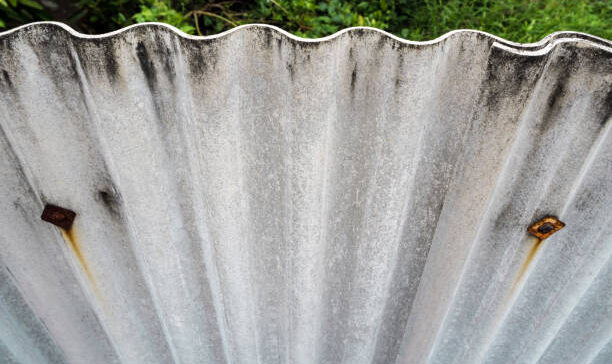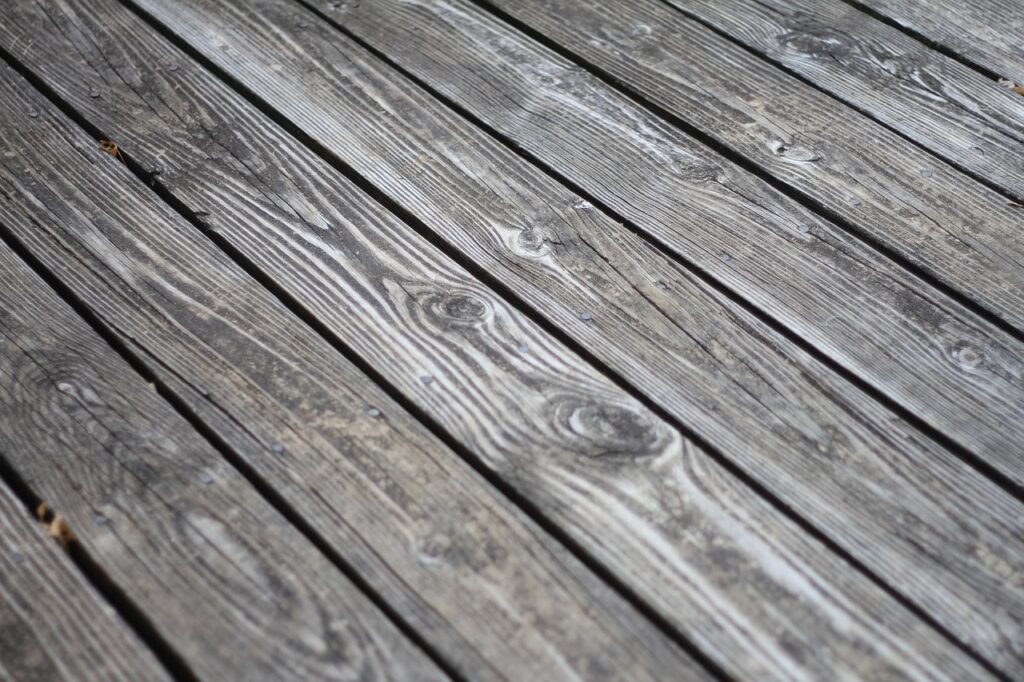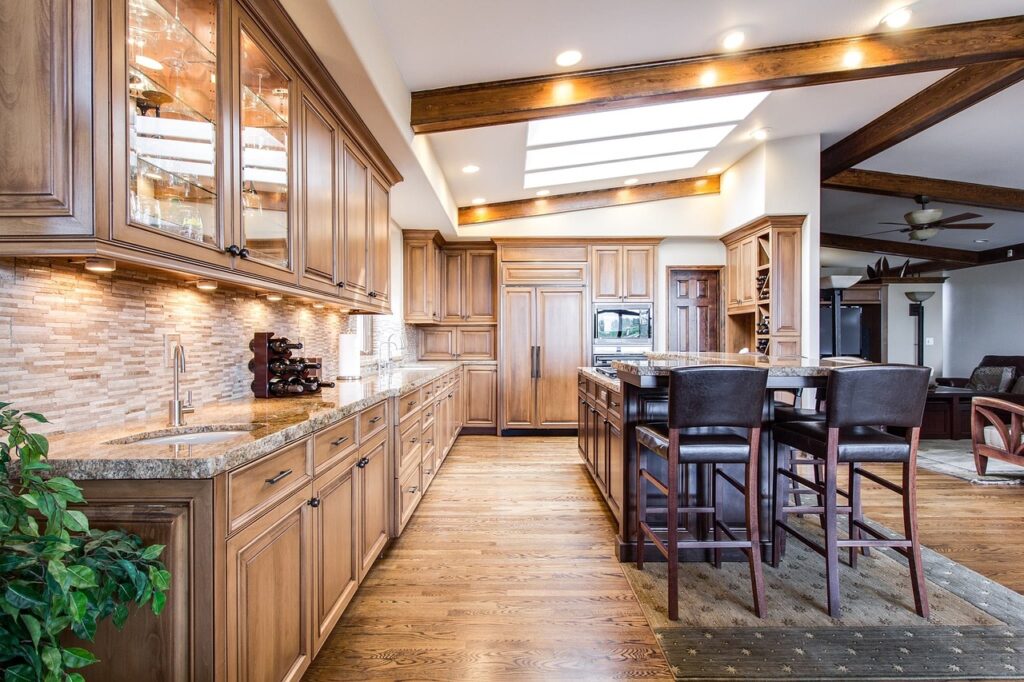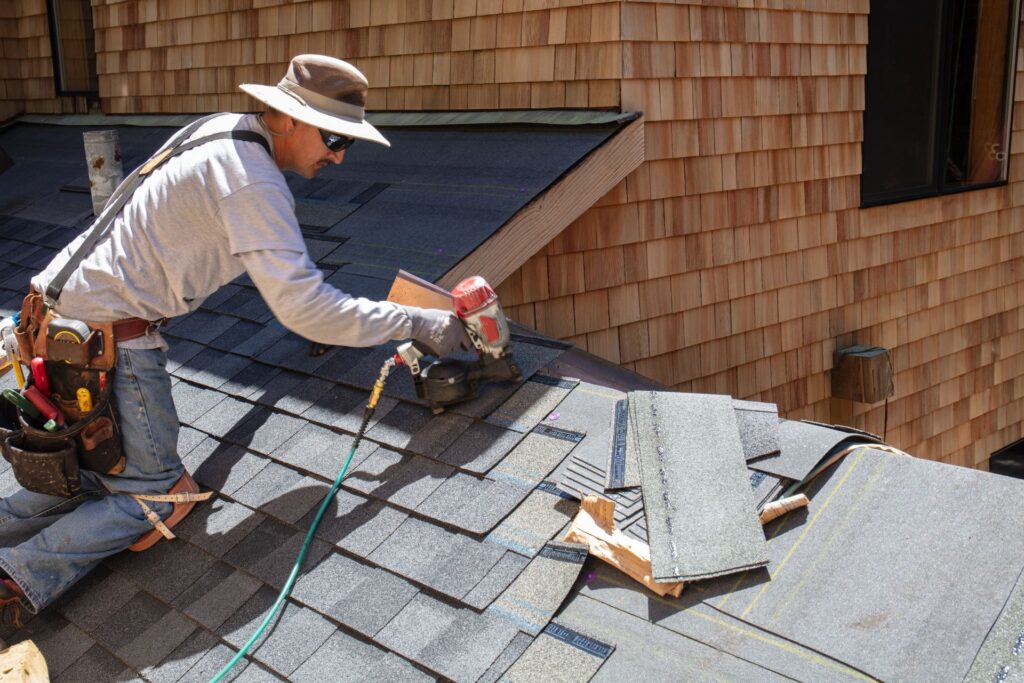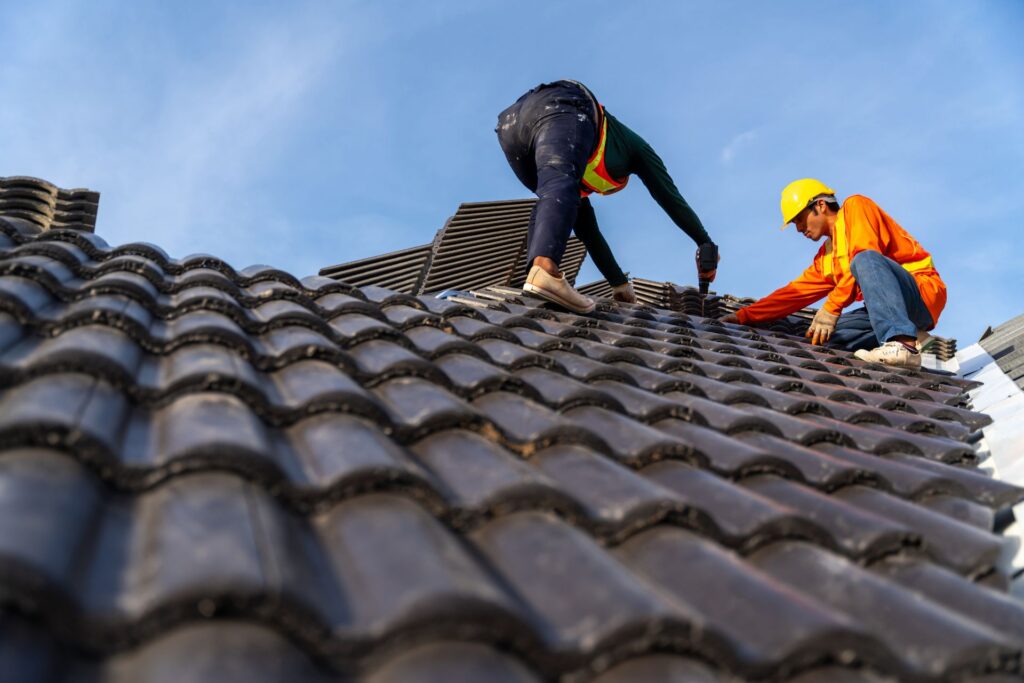Welcome to our comprehensive guide on understanding the cost of a new roof in New Zealand. Whether you’re facing persistent leaks, visible damage, or simply considering an upgrade to enhance your home’s value, the first question that likely comes to mind is, “How much will it cost?” In this post, we’ll break down everything you need to know about the factors that influence roofing costs, from the size and complexity of your roof to the materials you choose and the labor involved. We’ll also explore typical price ranges, potential additional costs, and tips for getting accurate quotes from roofing contractors, all while ensuring you’re well-prepared to make an informed decision. Whether you’re budgeting for a future project or ready to take the plunge, this guide will provide the clarity you need to navigate the roofing process with confidence.
On average, the cost of a new roof in New Zealand ranges from NZD $10,000 to $25,000, depending on factors such as the size and complexity of the roof, the materials used, and the region. Simple, single-story homes with basic materials like asphalt shingles are on the lower end, while larger or more complex roofs with premium materials like slate can push costs higher.
- Why You Might Need A New Roof
- Factors That Influence New Roof Costs In NZ
- Cost Breakdown: What You Can Expect To Pay
- How To Get Accurate Quotes From Roofing Contractors
- Financing Options For A New Roof In NZ
- Tips For Choosing The Right Roof For Your Home
- Real-Life Case Studies And Testimonials
- Final Thoughts: Planning For Your New Roof
- FAQs: About New Roof Cost NZ
- Conclusion
- Find A Professional Roofing Company Near You!
Why You Might Need A New Roof
When considering home maintenance, your roof is one of the most critical elements that demand attention. A well-maintained roof not only shields your home from the elements but also contributes significantly to its overall value and aesthetic appeal. However, roofs don’t last forever, and there comes a time when a replacement becomes necessary. Let’s delve into why you might need a new roof, what signs to look for, and the benefits of installing a new one.
Why You Might Need a New Roof
Signs It’s Time for a Replacement
Roofs are built to last, but they do have a lifespan. If your roof is showing any of the following signs, it might be time to consider a replacement:
- Age of the Roof: Most roofs are designed to last between 20 to 25 years. If your roof is over 20 years old, it’s crucial to start monitoring it closely. Even if it seems to be holding up well, the materials could be nearing the end of their effective life.
- Visible Damage: Take a close look at your roof. Are there cracked tiles, missing shingles, or other visible signs of wear and tear? These could be indicators that your roof is no longer able to protect your home adequately. Damage like this often worsens over time, leading to more significant issues if not addressed promptly.
- Persistent Leaks and Water Damage: Water stains on your ceiling or walls, particularly after a storm, are clear signs that your roof is not performing as it should. Persistent leaks can lead to structural damage within your home, including weakened beams and mold growth, which can have serious health implications.
- Mold, Mildew, or Moss Growth: The presence of mold, mildew, or moss on your roof is more than just an eyesore; it’s a sign that moisture is being trapped on your roof’s surface. Over time, this moisture can lead to the deterioration of roofing materials, compromising the integrity of your roof.
Benefits of Installing a New Roof
Investing in a new roof offers several significant advantages that go beyond merely fixing immediate problems:
- Enhanced Home Value and Curb Appeal: A new roof can dramatically improve the appearance of your home, boosting its curb appeal. This is particularly important if you’re planning to sell your home, as potential buyers will often view a new roof as a major plus. It can also increase your home’s market value, giving you a better return on your investment.
- Improved Energy Efficiency: Modern roofing materials are designed with energy efficiency in mind. By replacing your old roof with a new one, you can reduce heat loss during the winter and keep your home cooler during the summer. This not only makes your home more comfortable but can also lead to significant savings on your energy bills.
- Peace of Mind and Long-Term Cost Savings: A new roof eliminates the worry of constant repairs and the potential for serious damage from a failing roof. While the upfront cost might seem significant, it’s important to consider the long-term savings. You’ll avoid the frequent repair bills and potential damage costs that come with an old, failing roof, giving you peace of mind for years to come.
In conclusion, keeping an eye on the condition of your roof and knowing when it’s time for a replacement is crucial for maintaining the safety, value, and efficiency of your home. If your roof is showing signs of aging or damage, it might be time to start exploring your replacement options. Not only will this protect your home, but it will also provide a range of benefits that make the investment well worth it.

Factors That Influence New Roof Costs In NZ
When considering a new roof for your home in New Zealand, it’s essential to understand the various factors that can influence the overall cost. Whether you’re building a new home or replacing an existing roof, several key elements will play a role in determining how much you’ll need to budget. Here’s a detailed breakdown of these factors to help you make an informed decision.
Roof Size and Complexity
The size and complexity of your roof are among the most significant factors impacting the total cost. Larger roofs naturally require more materials and labor, leading to higher expenses. However, it’s not just about size; the design of your roof can also dramatically affect the price.
- Roof Dimensions: A single-story home with a straightforward, flat roof will generally cost less to re-roof than a multi-story house with an intricate design. Complex roof shapes, such as those with multiple gables, valleys, or dormers, require more precision and labor, increasing both time and costs.
- Examples: For instance, a simple, single-story home with a basic roof shape will typically be more affordable to re-roof than a multi-story house with a steep, multi-faceted roof. The more angles and features your roof has, the more you can expect to pay.
Material Choice
The choice of roofing material is another critical factor in determining costs. In New Zealand, several materials are commonly used, each with its pros, cons, and cost implications.
- Asphalt Shingles: These are popular due to their affordability and ease of installation. They offer good weather resistance but may not last as long as other materials, leading to more frequent replacements.
- Metal Roofing: Metal roofs are durable, long-lasting, and energy-efficient, making them a favorite in NZ’s variable climate. However, they come at a higher upfront cost compared to asphalt shingles.
- Concrete Tiles: Known for their durability and fire resistance, concrete tiles offer a more traditional look. While they are more expensive to install due to their weight and the need for a reinforced structure, they can last significantly longer.
- Slate: Slate roofing is one of the most durable and aesthetically pleasing options available. However, it’s also one of the most expensive, both in terms of materials and installation.
Each material has its unique benefits and drawbacks, and the choice you make will have a direct impact on your budget. It’s essential to weigh the initial cost against the long-term durability and maintenance needs.
Labor and Installation
Labor costs can vary significantly depending on your location and the roofing company you choose. In New Zealand, labor rates can differ from one region to another, often reflecting the local cost of living and demand for roofing services.
- Regional Variations: In urban areas where the cost of living is higher, you might find that roofing labor costs are correspondingly elevated. Conversely, rural areas might offer lower labor rates, but this can be offset by additional travel and logistical costs.
- DIY vs. Professional Installation: While some homeowners might consider a DIY approach to save money, professional installation is often recommended for roofing projects due to the complexity and safety concerns involved. Professional installation ensures that the job is done correctly and may come with warranties, though it does add to the overall cost.
Location and Accessibility
The location of your home and the accessibility of your roof can also significantly influence costs. Homes in urban areas might benefit from easy access to materials and contractors, while those in remote or rural locations could face higher transportation and logistics costs.
- Urban vs. Rural: If your home is located in a remote area, you may need to factor in additional transport fees for materials and workers. Urban areas, while more accessible, might have higher labor costs but lower transport expenses.
- Accessibility: If your roof is difficult to access, this can also add to the cost. For example, if scaffolding is required or if your home is on a steep slope, these factors will increase the complexity and cost of the project.
Permits and Regulations
In New Zealand, roofing projects often require specific permits and must adhere to local council regulations. These legal requirements can add to the overall cost of your roofing project.
- Permits: Depending on your location and the scope of your roofing project, you may need to obtain permits from your local council. The cost of these permits can vary, and failure to obtain the necessary approvals can result in fines or additional costs down the line.
- Local Regulations: Local building codes and regulations can also impact your roofing costs. For instance, certain materials or construction methods might be mandated in specific regions, affecting both the choice of materials and the overall cost of the project.
By understanding these factors, you can better plan and budget for your roofing project in New Zealand. Whether you’re opting for a simple re-roof or a complete overhaul, considering these elements will help ensure that you get the best value for your investment.
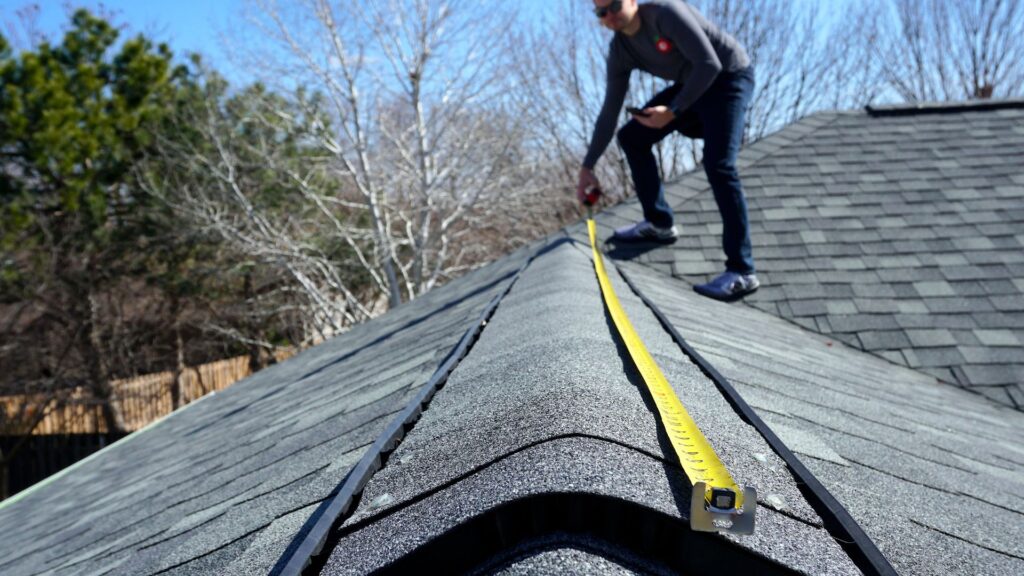
Cost Breakdown: What You Can Expect To Pay
Typical Price Range in New Zealand
When budgeting for a roof replacement in New Zealand, it’s crucial to understand the various costs associated with different roofing materials. The cost per square meter can vary significantly depending on the type of material you choose. For instance, corrugated iron or long-run metal roofing might range between NZD $85 to $125 per square meter. Meanwhile, asphalt shingles could cost between NZD $100 and $140 per square meter, and more premium materials like slate or clay tiles may cost upwards of NZD $200 per square meter.
These material costs contribute to the overall expense of a roof replacement, which also varies based on the size of your home. For a small home (up to 100 square meters), you can expect to pay between NZD $8,500 and $15,000. Medium-sized homes (100 to 200 square meters) typically see costs ranging from NZD $15,000 to $25,000. For larger homes (over 200 square meters), roof replacement costs might exceed NZD $25,000, potentially reaching up to NZD $50,000 or more, depending on the complexity and materials used.
Additional Costs to Consider
While the initial cost of materials and labor is a significant part of your budget, there are several additional expenses you might need to factor in. Unexpected structural repairs can arise once the old roof is removed, potentially adding several thousand dollars to your overall costs. If your home’s insulation is outdated, you may also want to upgrade it during the roofing process, which could add to your expenses but will likely save money on energy bills in the long run.
Gutter replacements are another potential cost to consider. Old or damaged gutters should be replaced when installing a new roof to ensure proper water drainage and to protect your home’s foundation. Depending on the size of your home and the type of gutters you choose, this could add several hundred to a few thousand dollars to your project.
Lastly, don’t overlook the cost of waste disposal and clean-up. Removing old roofing materials and debris can generate significant waste, and hiring a skip or waste removal service is often necessary. This can cost between NZD $500 and $2,000, depending on the volume of waste and your location.
Ongoing Maintenance and Repairs
Once your new roof is installed, ongoing maintenance is key to ensuring its longevity. Regular inspections, cleaning, and minor repairs can prevent larger, more costly issues down the line. Annual maintenance costs typically range between NZD $200 and $500, depending on the type of roof and the extent of the work required.
Proper maintenance not only helps avoid unexpected repair costs but also extends the lifespan of your roof, maximizing your investment. For example, well-maintained metal roofs can last over 50 years, while asphalt shingles might last 20-30 years with regular upkeep. Planning for these ongoing costs will help you maintain the integrity of your roof and avoid premature replacement, saving you money in the long run.
In conclusion, understanding the full cost breakdown of a roof replacement in New Zealand, including material costs, potential additional expenses, and ongoing maintenance, is essential for making an informed decision. By budgeting for all these factors, you can ensure that your new roof is a sound investment that will protect your home for years to come.
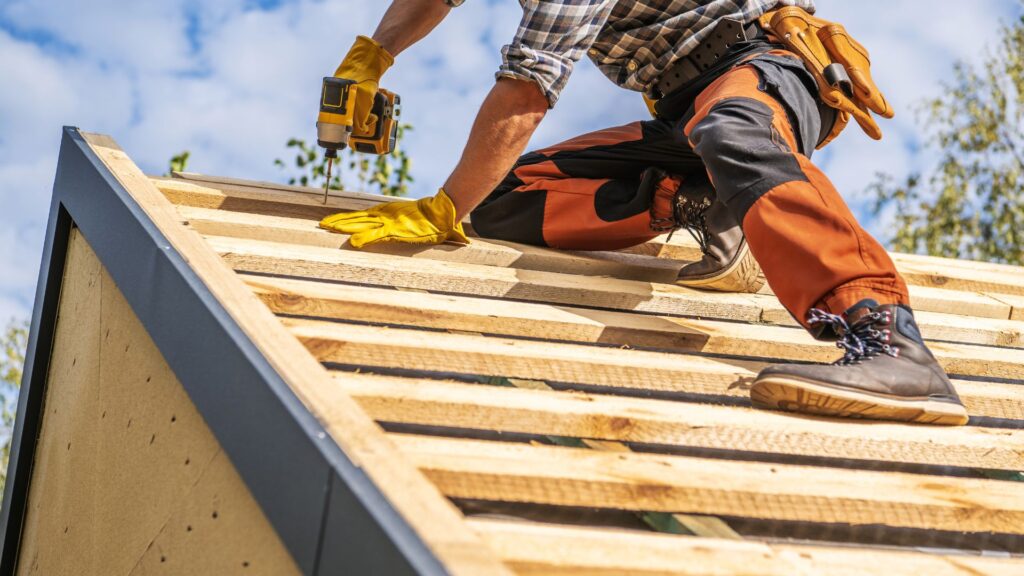
How To Get Accurate Quotes From Roofing Contractors
When you’re planning a roofing project, getting accurate quotes from contractors is crucial. It helps you budget effectively, avoid hidden fees, and ensure you choose the right professional for the job. Here’s a comprehensive guide on how to get detailed and accurate quotes from roofing contractors.
What to Ask for in a Quote
When requesting a quote, it’s essential to ask for specific details to ensure you’re getting a comprehensive overview of the costs involved. Here’s what you should look for:
1. Detailed Itemization: Your quote should include a detailed list of all expected costs. This means not just the price of materials but also labor, disposal fees, and any other associated expenses. A breakdown of costs will help you understand where your money is going and prevent surprises later on.
2. Material Costs: Make sure the quote specifies the exact type and quality of materials being used. Different roofing materials can vary significantly in price and durability, so it’s important to know exactly what you’re paying for.
3. Labor Costs: The cost of labor should be clearly outlined. This includes not just the physical installation of the roof but also any preparatory work, such as removing the old roof or repairing the underlying structure.
4. Timeline: A realistic timeline should be part of your quote. This includes when the work will start, estimated completion time, and any factors that might affect the schedule. Knowing the timeline upfront can help you plan better and avoid any inconveniences.
5. Permits and Fees: Depending on where you live, certain permits might be required for roofing work. These should be included in your quote, so you’re not hit with unexpected fees later on.
6. Cleanup and Disposal: Roofing projects can create a lot of debris. Ensure the quote includes the cost of cleanup and disposal. A professional contractor will leave your property as clean as they found it, if not cleaner.
Itemized quotes are important because they prevent hidden fees and give you a clearer picture of what you’re paying for. If a contractor is unwilling to provide this level of detail, it could be a red flag.
Comparing Quotes
Once you’ve received quotes from multiple contractors, it’s time to compare them. Here are some tips to help you make an informed decision:
1. Beyond Just Price: While it might be tempting to go with the cheapest option, price should not be the only factor. Consider the quality of materials, the contractor’s experience, and their reputation. Sometimes, paying a bit more for higher-quality materials or a more experienced contractor can save you money in the long run.
2. Check References and Reviews: Investigate the reputation of each contractor. Look for online reviews, ask for references, and check their ratings with organizations like the Better Business Bureau. A contractor with a strong track record is more likely to provide reliable service.
3. Evaluate Experience: The contractor’s experience with the specific type of roofing you need is crucial. An experienced contractor is more likely to anticipate potential issues and handle the project efficiently.
4. Look for Red Flags: Be wary of any contractor who gives a quote significantly lower than others. This could indicate they are cutting corners or may add hidden costs later. On the other hand, an excessively high quote doesn’t necessarily mean better quality; it could just be overpricing.
Negotiating the Best Deal
Once you’ve narrowed down your choices, don’t be afraid to negotiate. Here’s how to ensure you’re getting the best deal:
1. Be Prepared: Before negotiating, make sure you understand the quote and have done your homework on what other contractors are offering. This will give you leverage during negotiations.
2. Ask for Discounts or Upgrades: Some contractors may offer discounts for early booking or referrals. Others might be willing to upgrade materials at no additional cost. It never hurts to ask!
3. Discuss Payment Terms: Payment terms can sometimes be negotiated. For example, you might be able to arrange a payment schedule that aligns with project milestones, or even negotiate for a portion of the payment to be made upon satisfactory completion of the project.
4. Consider the Long-Term Value: While negotiating, consider the long-term value of the offer. A slightly higher upfront cost might be worth it if the contractor offers a better warranty or higher-quality materials.
5. Importance of Warranties and Guarantees: Finally, make sure any warranties or guarantees are clearly outlined in your contract. A strong warranty can provide peace of mind, knowing that the contractor will address any issues that arise after the job is done.
By following these steps, you can ensure you receive accurate, fair quotes and choose the best contractor for your roofing project. Taking the time to compare and negotiate will not only help you save money but also ensure the quality and longevity of your new roof.
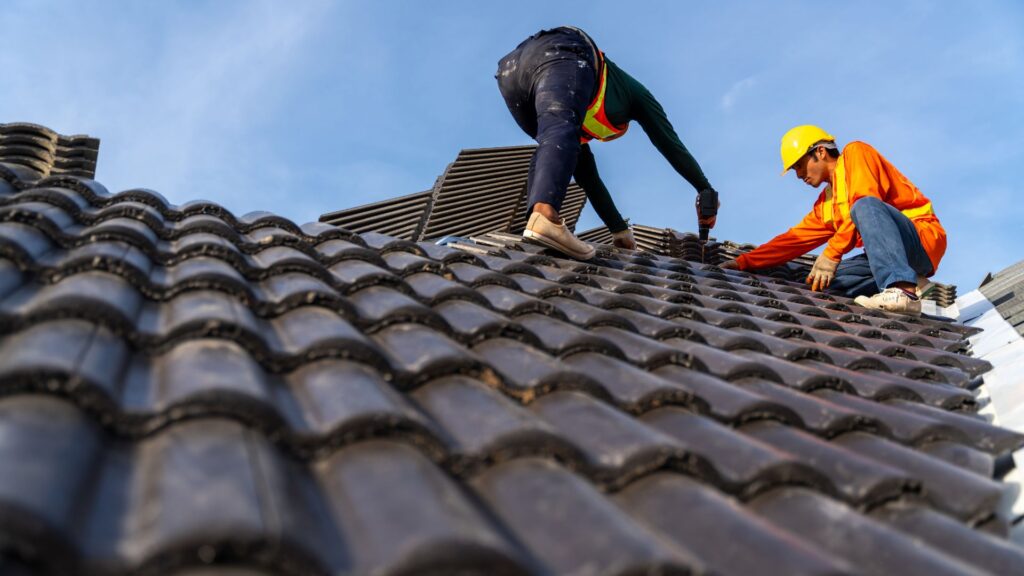
Financing Options For A New Roof In NZ
When it comes to installing a new roof in New Zealand, the financial aspect is often a significant concern for homeowners. Whether you’re replacing an old, worn-out roof or upgrading to a more energy-efficient system, understanding your financing options is crucial. Below, we explore various ways to fund your roofing project, from saving up to exploring financing options, government grants, and insurance considerations.
Saving Up vs. Financing
Saving Up for a New Roof: Pros and Cons
Saving up for a new roof can be a financially sound strategy, especially if you can afford to wait. The primary advantage of saving is that you won’t incur any debt, which means no interest payments over time. By paying for the roof upfront, you have the peace of mind that comes with full ownership without any financial obligations lingering over you.
However, saving up can take time, and if your roof is already in poor condition, waiting might not be a viable option. Delaying necessary repairs or replacements could lead to more severe damage, resulting in higher costs down the line. Additionally, roofing prices can fluctuate, and what you save today might not cover future costs due to inflation or rising material prices.
Financing a New Roof: Pros and Cons
On the other hand, financing a new roof allows you to address the need immediately, which can be crucial if your roof is leaking or severely damaged. The most common financing options in New Zealand include personal loans, mortgage top-ups, or specialized home improvement loans. These options allow you to spread the cost of the roof over time, making it more manageable within your monthly budget.
However, financing comes with its downsides, primarily the interest rates that can add up over the life of the loan. It’s essential to shop around for the best rates and terms, and to ensure that you understand the full financial commitment before proceeding. In some cases, financing may lead to paying more in the long run compared to the cost of the roof itself.
Overview of Common Financing Options in NZ
If you decide to finance your new roof, it’s important to understand the various options available in New Zealand:
1. Personal Loans: Many banks and financial institutions offer personal loans that can be used for home improvements, including roofing. These loans typically have fixed interest rates and set repayment terms, making it easier to budget your repayments.
2. Mortgage Top-Ups: If you have equity in your home, you might consider a mortgage top-up. This option allows you to borrow more money against your home, often at a lower interest rate than a personal loan. However, it increases the overall amount of your mortgage, so it’s important to ensure that this is a financially viable option for you.
3. Home Improvement Loans: Some lenders offer specific home improvement loans that can cover the cost of a new roof. These loans are designed for renovations and repairs, with terms and interest rates tailored for such projects.
Government Grants and Subsidies
In New Zealand, there are government grants and subsidies that can help reduce the cost of installing a new roof, particularly if you’re upgrading to an energy-efficient system. These incentives are part of the government’s broader effort to encourage sustainable living and reduce energy consumption.
Energy Efficiency Upgrades
For instance, the government may offer grants for installing roofing materials that improve insulation or reflect heat, reducing the overall energy consumption of your home. These grants can significantly offset the initial cost, making it easier to afford a high-quality, energy-efficient roof.
Checking Eligibility
It’s crucial to check the eligibility criteria for these grants, as they may vary depending on the type of roofing material you choose or the energy efficiency improvements you make. Additionally, some grants are targeted at specific regions or demographics, such as low-income households or older homes.
Insurance Considerations
Before embarking on a roofing project, it’s essential to review your homeowner’s insurance policy to see if roof replacement is covered. Understanding the extent of your coverage can save you a substantial amount of money.
Checking Your Insurance Policy
Not all insurance policies cover roof replacement, especially if the damage is due to wear and tear or neglect. However, if the roof was damaged by a covered peril, such as a storm or fire, your insurance might pay for some or all of the replacement costs. It’s important to read the fine print and, if necessary, speak with your insurance provider to clarify what is covered.
Dealing with Insurance Claims
If your roof replacement is covered by insurance, knowing how to navigate the claims process is key. Start by documenting the damage thoroughly, including photographs and written descriptions. Contact your insurance provider as soon as possible to file a claim, and keep records of all communications and estimates. It’s also a good idea to work with a reputable roofing contractor who has experience dealing with insurance claims, as they can help ensure that the process goes smoothly.
In conclusion, financing a new roof in New Zealand requires careful consideration of your options, whether through savings, loans, government grants, or insurance. By understanding the pros and cons of each, you can make an informed decision that best suits your financial situation and long-term home improvement goals.

Tips For Choosing The Right Roof For Your Home
Selecting the perfect roof for your home is a decision that goes beyond just aesthetics—it’s about ensuring that your home is well-protected, energy-efficient, and aligned with your personal values, such as sustainability. Here are some essential tips to help guide you through the process of choosing the right roof.
Climate Considerations
New Zealand’s diverse climate plays a significant role in determining the best roofing material for your home. From the temperate climate of the coastal regions to the cooler, high-rainfall areas, each environment requires a specific type of roofing to withstand the unique weather conditions.
- Coastal Areas: If you live near the coast, your roof will need to withstand the corrosive effects of salt-laden air and strong winds. Metal roofing, particularly those with protective coatings, is often a popular choice for coastal homes due to its durability and resistance to rust.
- High Rainfall Regions: In areas with high rainfall, such as parts of the South Island, it’s crucial to select roofing materials that are watertight and resistant to mold and mildew. Roofing materials like concrete tiles or asphalt shingles are ideal because they are less prone to water absorption and can help prevent leaks.
- Hotter Inland Areas: For those in warmer, inland regions, a roofing material that reflects heat and provides good insulation can help maintain comfortable indoor temperatures and reduce energy costs. Lighter-colored metal roofs or clay tiles can be effective in these conditions.
By considering the specific climate in your area, you can choose a roof that not only enhances the longevity of your home but also contributes to a more comfortable living environment.
Aesthetic and Architectural Compatibility
Your roof is a defining feature of your home’s exterior, and it’s important that it complements the overall architectural style. Whether you’re aiming for a modern, sleek look or a more traditional appearance, the right roof can enhance your home’s curb appeal and even boost its market value.
- Matching Architectural Style: If you own a classic villa or a heritage home, traditional roofing materials like slate or terracotta tiles might be the best fit. For modern homes, you might lean towards more contemporary materials like metal or flat-profile tiles. The key is to choose a roof that seamlessly integrates with your home’s design, adding to its charm rather than detracting from it.
- Color Choices: The color of your roof plays a significant role in your home’s energy efficiency and aesthetic appeal. Lighter colors tend to reflect more sunlight, keeping your home cooler in the summer, which is particularly beneficial in warmer regions. On the other hand, darker shades can help absorb heat, which might be desirable in cooler climates. Additionally, the color you choose can enhance your home’s visual appeal, making it stand out in the neighborhood or blend harmoniously with the natural surroundings.
Sustainability and Eco-Friendly Options
In today’s world, sustainability is more important than ever, and your roofing choice is a great opportunity to contribute to a more eco-friendly lifestyle. Sustainable roofing options not only benefit the environment but can also offer long-term cost savings.
- Sustainable Materials: Consider using roofing materials that are sustainable and have a lower environmental impact. Options like recycled metal roofing, clay tiles, and even green roofs that support vegetation can significantly reduce your carbon footprint. These materials are often durable, reducing the need for frequent replacements and lowering long-term maintenance costs.
- Energy Efficiency: Investing in energy-efficient roofing solutions can lead to significant savings on your energy bills. Roofing materials that offer better insulation or reflectivity can reduce the need for heating and cooling, making your home more energy-efficient. This not only benefits your wallet but also contributes to a more sustainable environment by reducing your home’s energy consumption.
By prioritizing sustainability in your roofing choices, you can enjoy the peace of mind that comes with knowing your home is both eco-friendly and cost-effective.
In conclusion, choosing the right roof for your home involves careful consideration of various factors, including climate, aesthetics, and sustainability. By taking these elements into account, you can select a roofing option that enhances your home’s beauty, performance, and environmental impact, ensuring that your investment stands the test of time.

Real-Life Case Studies And Testimonials
When it comes to making significant decisions like roof replacement, nothing beats learning from real-life experiences. To help you understand what to expect, we’ve compiled two detailed case studies and a collection of testimonials from homeowners across New Zealand. These stories highlight different scenarios, material choices, and the overall satisfaction of those who have recently gone through the roof replacement process.
Case Study 1: A Typical Roof Replacement in Auckland
In this case study, we look at a standard roof replacement project in Auckland. The home in question was a mid-sized family house, approximately 150 square meters. The homeowners opted for a long-run metal roofing material, known for its durability and sleek appearance.
Material Choice and Final Cost
The total cost for the roof replacement, including materials and labor, came to about $20,000. While metal roofing tends to be pricier than other options like asphalt shingles, the homeowners prioritized longevity and low maintenance. This investment reflected their intention to remain in the home for many years to come, making the higher upfront cost worthwhile in the long run.
Homeowner’s Experience and Satisfaction
The process, from initial consultation to the final installation, spanned around two weeks. The homeowners appreciated the professionalism and efficiency of the roofing contractor. They were particularly pleased with the minimal disruption to their daily lives, as the team worked swiftly and kept the site clean. The final result exceeded their expectations, both in terms of aesthetics and performance. The homeowners reported a noticeable improvement in energy efficiency, as the new roof provided better insulation. Overall, they were very satisfied with the investment and would recommend the process to others considering a similar upgrade.
Case Study 2: Budget-Friendly Roof Replacement in Wellington
This case study explores a budget-conscious roof replacement in Wellington. The homeowners were determined to replace their aging roof without breaking the bank. Their approach focused on cost-saving measures while ensuring the new roof would last.
Focus on Cost-Saving Measures and Smart Choices
The house, slightly smaller at 120 square meters, required a complete roof overhaul. After careful consideration, the homeowners chose asphalt shingles, a more affordable option that still offers good durability. They also decided to reuse some of the existing roofing structures to reduce labor costs. Additionally, they sourced materials during a seasonal sale, which further lowered the overall expense.
Final Cost vs. Initial Estimates and Lessons Learned
Initially, the project was estimated to cost around $15,000. Through strategic decisions and by taking advantage of discounts, the final cost was reduced to just under $12,000. The homeowners learned that with careful planning and a willingness to make compromises on materials, it’s possible to significantly cut down on costs. They were pleased with the outcome, finding that the new roof met their needs without stretching their budget. The experience also taught them the value of obtaining multiple quotes and being flexible with timelines to take advantage of cost-saving opportunities.
Testimonials
To provide a broader perspective, here are a few testimonials from homeowners across New Zealand who have recently replaced their roofs:
- John, Christchurch: “We were worried about the cost of replacing our roof, but the contractor helped us find a solution within our budget. The new roof looks fantastic, and we couldn’t be happier with the outcome.”
- Sarah, Hamilton: “The entire process was surprisingly smooth. The team was professional, and the final result was even better than we imagined. Our home looks great, and we’ve already noticed a reduction in our energy bills.”
- Mike and Lisa, Dunedin: “Replacing our roof was a big decision, but the peace of mind we have now is priceless. The contractors were efficient, and the quality of work was top-notch. We’d highly recommend taking the plunge if your roof is showing signs of age.”
These case studies and testimonials underscore the importance of choosing the right materials, working with experienced professionals, and planning strategically to ensure a successful roof replacement. Whether you’re in Auckland, Wellington, or elsewhere in New Zealand, learning from others’ experiences can guide you in making the best decisions for your home.

Final Thoughts: Planning For Your New Roof
When it comes to planning a new roof, there are several crucial factors to keep in mind. Your roof is one of the most vital components of your home, protecting everything inside from the elements. Therefore, making informed decisions during this process is essential to ensure that your new roof is both durable and aesthetically pleasing.
Recap Key Points
First and foremost, take the time to understand the different roofing materials available. Whether you’re considering asphalt shingles, metal roofing, or tiles, each option has its own set of benefits and drawbacks. Factors such as climate, budget, and the architectural style of your home should all play a role in your decision.
Another key consideration is the selection of a contractor. This step is crucial to the success of your roofing project. Not all contractors are created equal, and choosing the right one can mean the difference between a smooth process and a stressful experience. It’s vital to get multiple quotes from reputable contractors to compare not only pricing but also the scope of work, warranty options, and the contractor’s reputation. Don’t be afraid to ask for references or to check online reviews to ensure you’re working with a professional who has a proven track record.
Budget planning is another aspect that cannot be overlooked. While it might be tempting to opt for the cheapest quote, it’s important to consider the long-term value. A lower upfront cost might save you money now, but investing in quality materials and workmanship can prevent costly repairs down the line.
Finally, consider the timing of your roofing project. Roofing is typically best done during certain seasons when the weather is more predictable, which can affect both the cost and the duration of the project. Planning ahead and scheduling your roofing job during the optimal season can help you avoid delays and ensure a more efficient process.
Encouragement to Take Action
Now that you have a solid understanding of what goes into planning a new roof, it’s time to take action. Don’t delay in gathering quotes and evaluating your options. The sooner you start the process, the sooner you can ensure your home is protected by a sturdy, well-installed roof.
To help you get started, we’ve created a downloadable checklist that outlines all the steps you need to take when planning your new roof. This guide is designed to simplify the process, ensuring you don’t miss any important details along the way. Download it now and start planning your new roof today. With the right preparation, you can achieve a roofing solution that not only meets your needs but also adds value and beauty to your home.

FAQs: About New Roof Cost NZ
Conclusion
Investing in a new roof is more than just an upgrade—it’s a crucial step in enhancing the safety, comfort, and overall value of your home. While the cost may seem substantial upfront, the long-term benefits far outweigh the initial expense. A well-installed roof not only protects your home from the elements but also improves energy efficiency and boosts curb appeal, potentially increasing your property’s market value. We encourage you to share your thoughts, experiences, or any questions you might have in the comments section below—your insights can help others make informed decisions about their roofing needs.
Find A Professional Roofing Company Near You!
- Auckland Roofing Company
- Cambridge Roofing NZ
- Central Otago Roofing Services
- Hamilton Roofing Services
- Hastings Roofing Company
- Hawkes Bay Roofing Company
- Kapiti Coast Roofing Services
- Lower Hutt Roofing Services
- Napier Roofing Company
- New Plymouth Roofing Company Taranaki
- North Shore Roofing Company
- Orewa Roofing Company
- Porirua Roofing Services
- Roof Painting Company Auckland
- Roof Repairs Manukau
- Roof Repairs Takanini
- Roofers Papakura
- Roofing Company Auckland
- Roofing Company Invercargill
- Roofing Contractors Northland
- Roofing Contractors South Auckland
- Roofing Contractors Whangarei
- Roofing Palmerston North
- Roofing Waikato
- Roofing Walkworth
- Roofing Wellington
- Te Awamutu Roofing
- Upper Hutt Roofing Services
- Warkworth Roofing Company
About the Author:
Mike Veail is a recognized digital marketing expert with over 6 years of experience in helping tradespeople and small businesses thrive online. A former quantity surveyor, Mike combines deep industry knowledge with hands-on expertise in SEO and Google Ads. His marketing strategies are tailored to the specific needs of the trades sector, helping businesses increase visibility and generate more leads through proven, ethical methods.
Mike has successfully partnered with numerous companies, establishing a track record of delivering measurable results. His work has been featured across various platforms that showcase his expertise in lead generation and online marketing for the trades sector.
Learn more about Mike's experience and services at https://theleadguy.online or follow him on social media:
